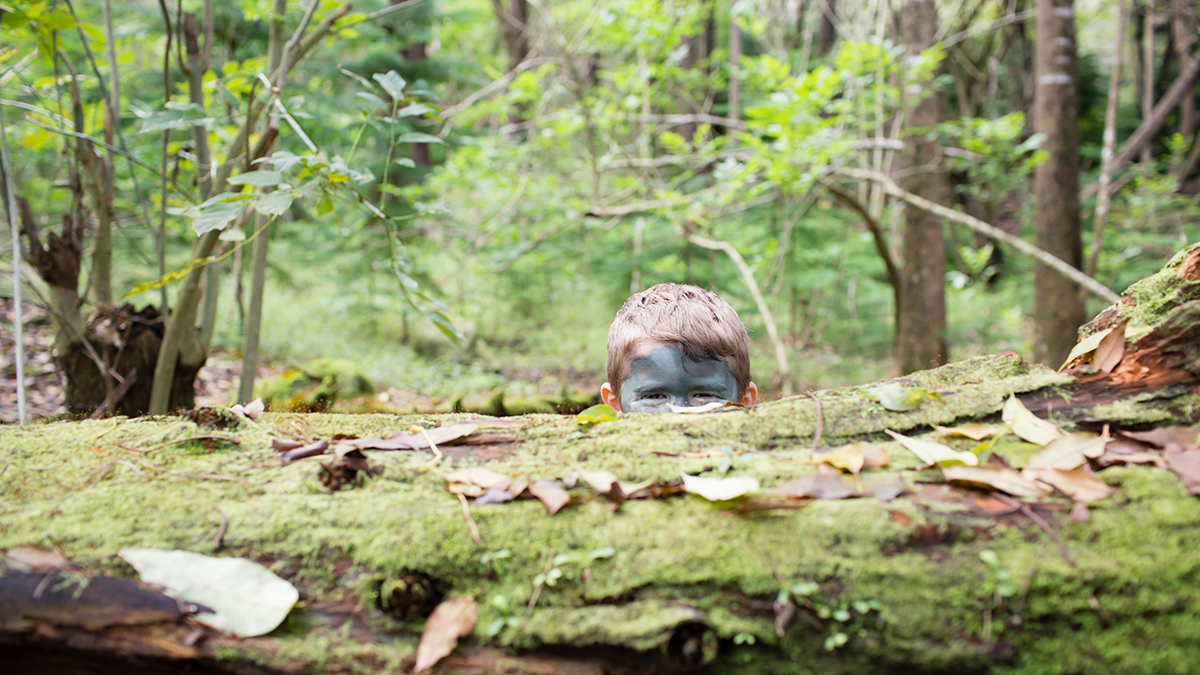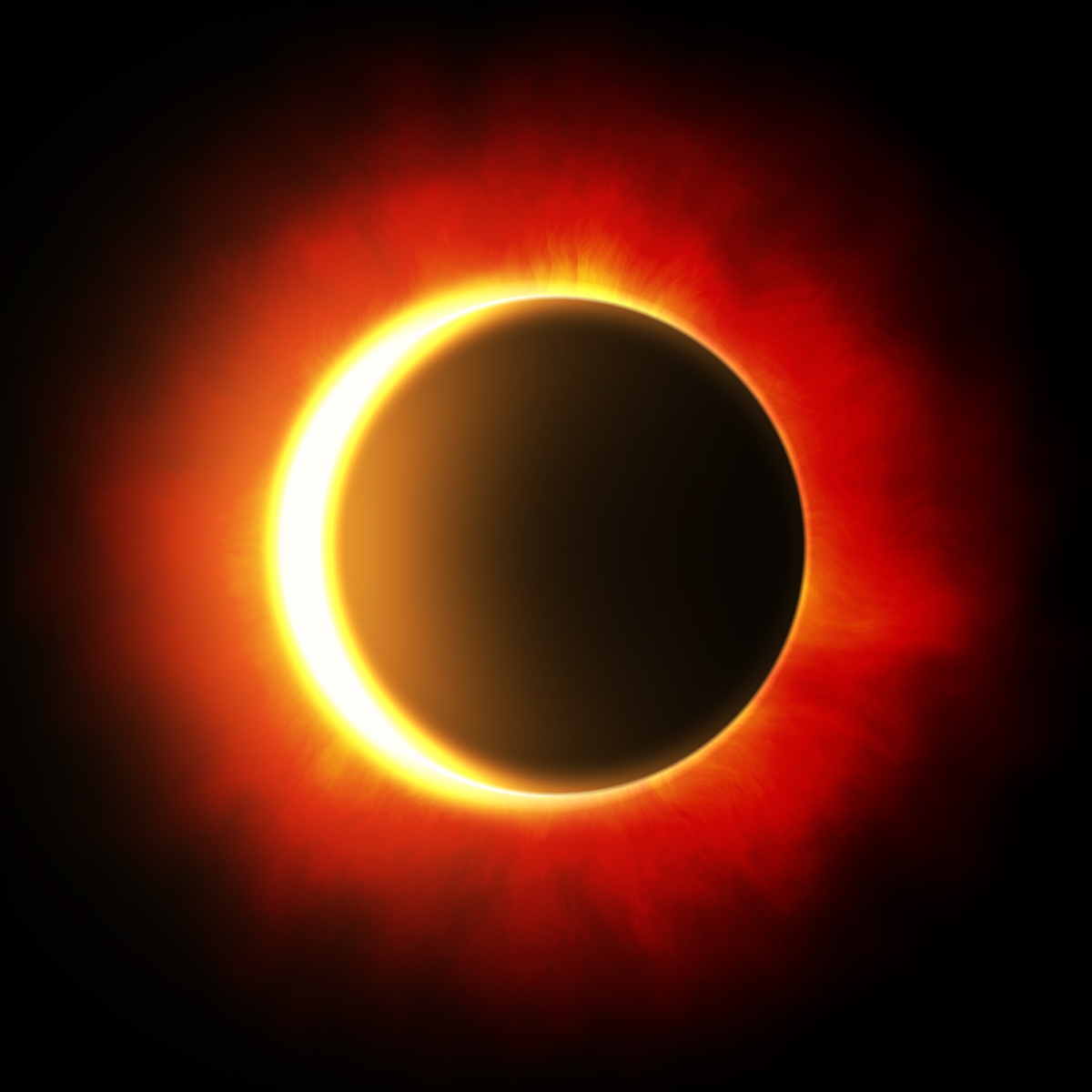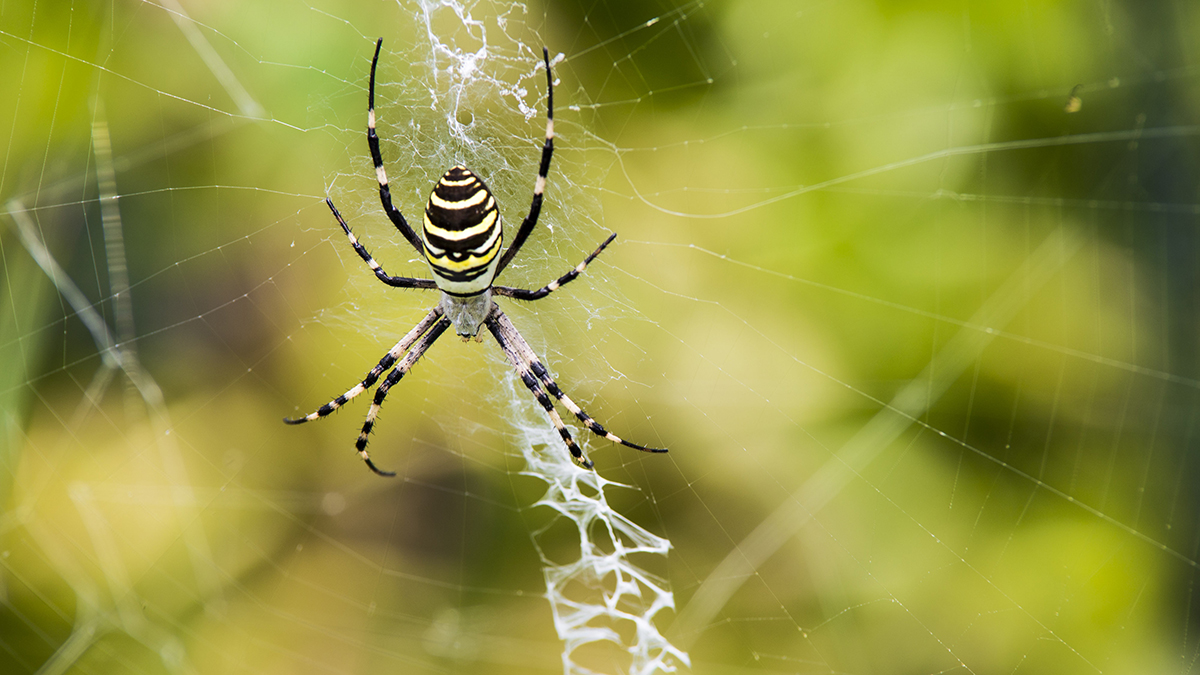citizen science
Megamovie 2024: A Project to Eclipse All Others
Science Scope—July/August 2023 (Volume 46, Issue 6)
By Jill Nugent
commentary
Preparing for the Great American Eclipse of 2024
Science Scope—July/August 2023 (Volume 46, Issue 6)
By Kurtz Miller
From the Editor's Desk
Hurrah for Teachable Moments
The Early Years
We Borrowed That?
Bringing biomimicry to life in the early childhood classroom
science 101
Q: How can I convey the very long times involved in the history of the Earth and life on Earth?
engineering encounters
Using Force and Motion Concepts to Achieve a Hole in One
Science and Children—July/August 2023 (Volume 60, Issue 6)
By Heidi Masters, Kylee Plants, Elizabeth Sutton, and Rebecca Mitchell
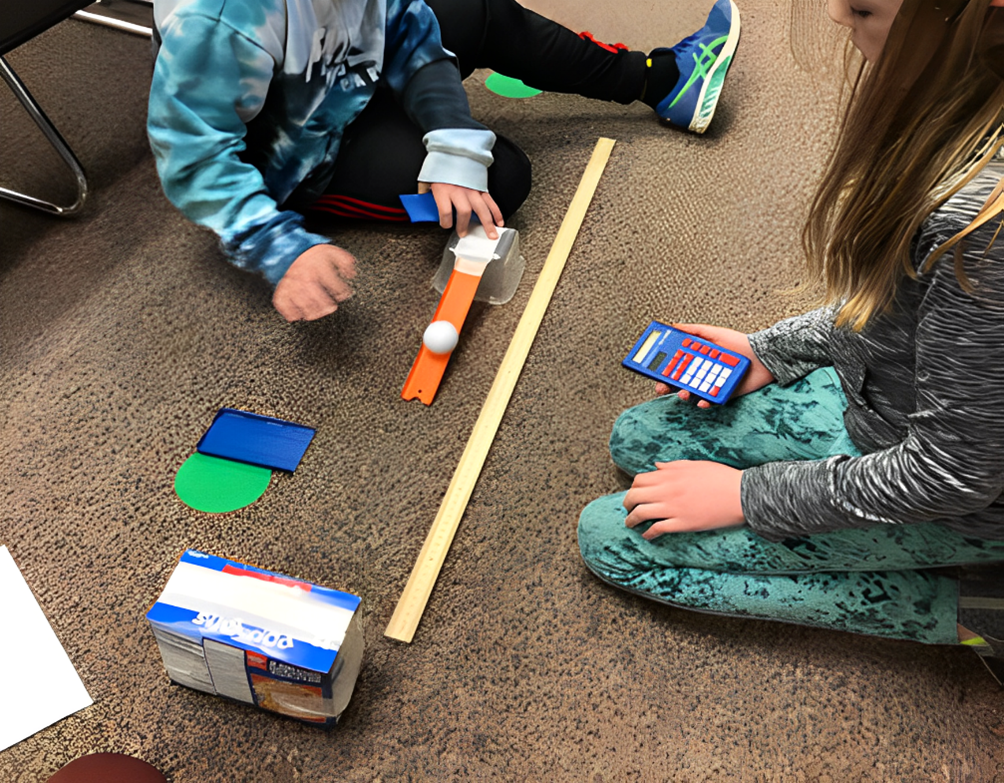
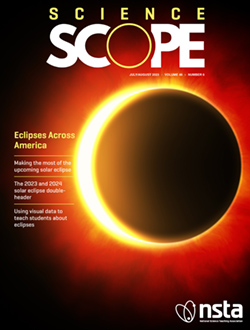
Volume 46, Number 6
Eclipses Across America
Two wonderful teachable celestial events will occur during this school year in North America, allowing plenty of time to plan. A solar eclipse “double-header” occurs on Saturday, October 14, 2023 (an annular eclipse) and on Monday, April 8, 2024 (a total eclipse).

Volume 46, Number 6
Eclipses Across America
Two wonderful teachable celestial events will occur during this school year in North America, allowing plenty of time to plan. A solar eclipse “double-header” occurs on Saturday, October 14, 2023 (an annular eclipse) and on Monday, April 8, 2024 (a total eclipse).

Volume 46, Number 6
Eclipses Across America
Two wonderful teachable celestial events will occur during this school year in North America, allowing plenty of time to plan. A solar eclipse “double-header” occurs on Saturday, October 14, 2023 (an annular eclipse) and on Monday, April 8, 2024 (a total eclipse).
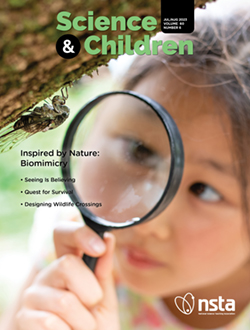
Volume 60, Number 6
July/August 2023
We’ve all wondered how a seemingly fragile spiderweb can be both delicate and unbreakable, or how a small frog can effortlessly cling to a glass window. When we slow down to observe nature and see what is going on, we can discover all kinds of unique adaptations and processes at work.

Volume 60, Number 6
July/August 2023
We’ve all wondered how a seemingly fragile spiderweb can be both delicate and unbreakable, or how a small frog can effortlessly cling to a glass window. When we slow down to observe nature and see what is going on, we can discover all kinds of unique adaptations and processes at work.

Volume 60, Number 6
July/August 2023
We’ve all wondered how a seemingly fragile spiderweb can be both delicate and unbreakable, or how a small frog can effortlessly cling to a glass window. When we slow down to observe nature and see what is going on, we can discover all kinds of unique adaptations and processes at work.
teaching teachers
Solutions-Focused Sustainable Development Education Through Biomimicry
Science and Children—July/August 2023 (Volume 60, Issue 6)
By Danielle Harlow, Devon Azzam, Julie Bianchini, and Karin Lohwasser
feature
Quest for Survival
Learning about biomimicry and engineering design in first grade
Science and Children—July/August 2023 (Volume 60, Issue 6)
By Samantha Richar, Arianna Pikus, Marisol Massó, Maggie Demarse, Amelia Gotwals, Tanya Wright, and Amber Bismack
